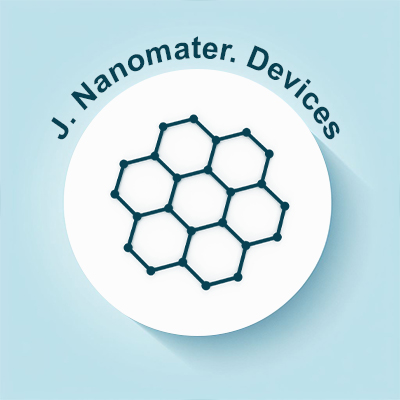
Journal of Nanomaterials and Devices
OPEN ACCESS

OPEN ACCESS
.jpg)
Next-generation smart devices have been made possible by the combination of nanomaterials and 3D printing technology. High surface area, superior electrical conductivity, and remarkable mechanical strength are just a few of the special properties of nanomaterials that make it easier to create sophisticated, multipurpose devices with improved performance. Researchers have developed a number of cutting-edge applications, such as flexible wearable electronics, high-performance sensors, and energy storage systems, by leveraging the accuracy and versatility of 3D printing. This mini-review highlights notable advancements in the use of 3D-printed nanomaterials in a variety of industries, with a focus on renewable energy, healthcare, and environmental monitoring. Along with discussing potential future developments for hybrid materials and next-generation fabrication techniques, it also tackles the issues of material compatibility, scalability, and device reliability. The combination of 3D printing and nanotechnology has the potential to completely transform the smart device market, lead to new developments in customized electronics, and more.